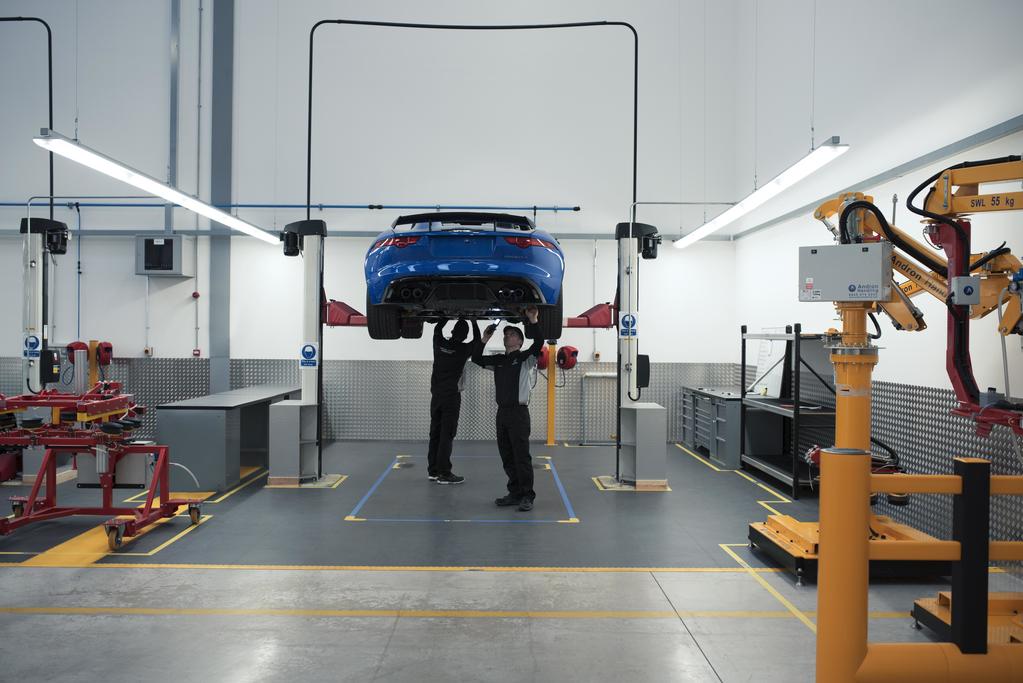
Class 4 and Class 7 MOTs - What's the Difference?
By Motor Match • 28/04/2023
In this blog post, we'll explore the differences between the two classes, and which vehicles require which type.
If you're a vehicle owner, chances are you've heard of MOTs – a mandatory inspection that ensures your vehicle meets safety and environmental standards.
However, those who are new to this process may not know about the different classes of MOTs available. Specifically, you may not know what sets Class 4 MOTs and Class 7 MOTs apart. In this blog post, we'll explore the differences between the two classes, and which vehicles require which type.
Let's start with Class 4 MOTs. These are required for most cars, as well as light goods vehicles and some vans. Essentially, if your vehicle weighs less than 3,000 kg and has up to 8 passenger seats, you'll need a Class 4 MOT. This type of MOT is designed to check items such as the brakes, lights, steering, and suspension. Essentially, the checks are aimed at ensuring the vehicle is roadworthy and safe.
On the other hand, Class 7 MOTs are required for larger commercial vehicles, such as vans that weigh between 3,001 kg and 3,500 kg. This includes larger goods vehicles and vans with additional seating or other specific uses. The additional checks in a Class 7 MOT usually relate to the items that are specific to commercial vehicles, including cargo restraints, parking brakes, and electrical wiring.
Another key difference between the two classes of MOTs is the physical size of the equipment used. For example, the equipment used in a Class 7 MOT must be large enough to accommodate the larger vehicles that require this inspection. As such, the cost of a Class 7 MOT can be higher than for a Class 4.
It's also worth noting that the frequency of MOTs often differs between the two classes. Vehicles that require a Class 4 MOT will need to have one every 12 months, while those that require a Class 7 MOT must be inspected every 6 months. This is because commercial vehicles typically have a higher rate of wear and tear due to the nature of their use.
What are all the other types of MOT classes?
- Class 1 MOT – Small motorbikes – up to 200cc or a motorbike and sidecar up to 200cc
- Class 2 MOT – Motorbikes (and with sidecars) over 200cc
- Class 3 MOT – 3-wheeled vehicles that weigh up to 450kg
- Class 4a MOT – Class 4 vehicles with 9-12 passenger seats which also require a seatbelt check
- Class 5 MOT – Private passenger vehicles and ambulances with 13-16 and more than 16 passenger seats, play buses and coaches
- Class 5a MOT – Class 5 vehicles with more than 13 passenger seats which also require a seatbelt check

You may also like…